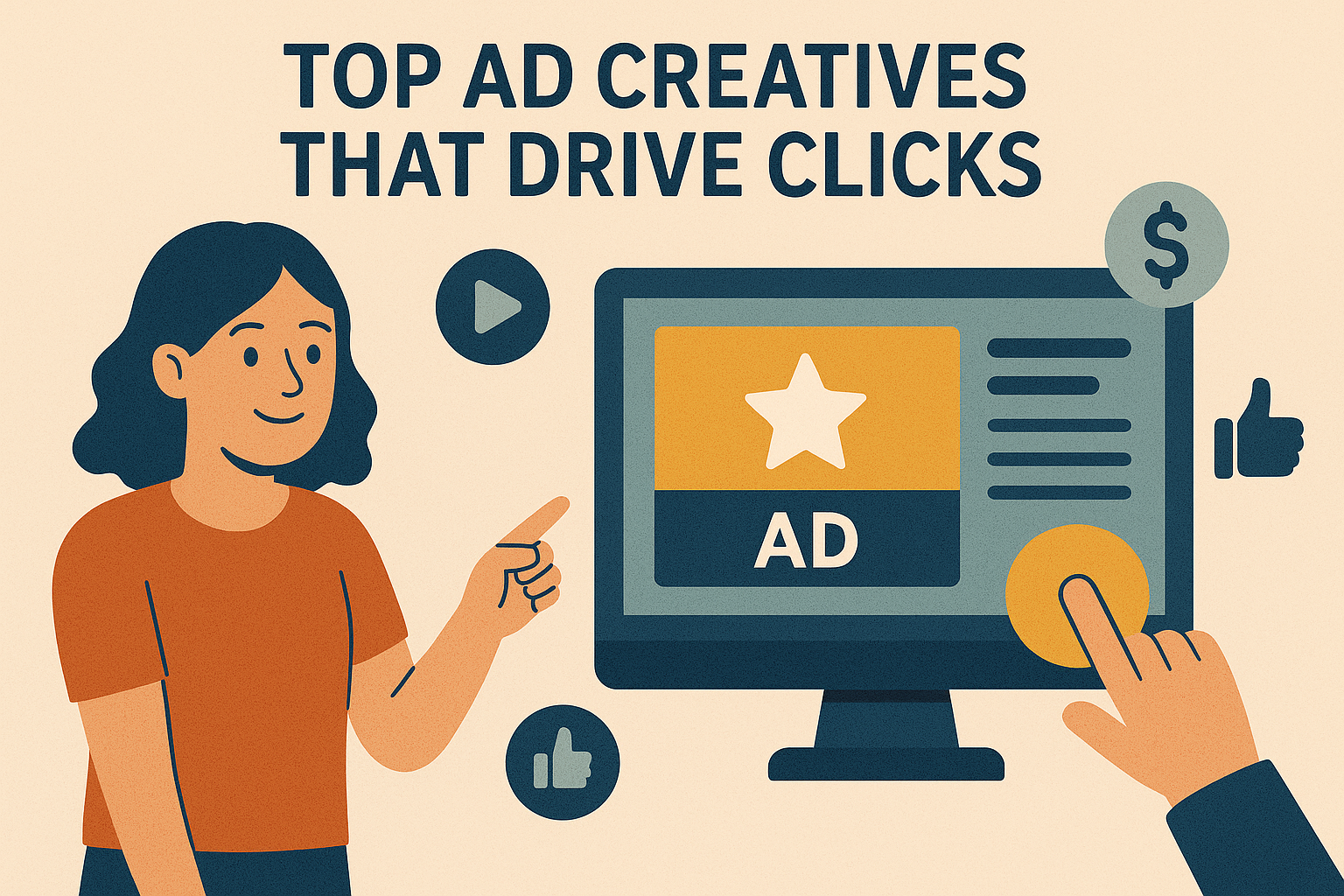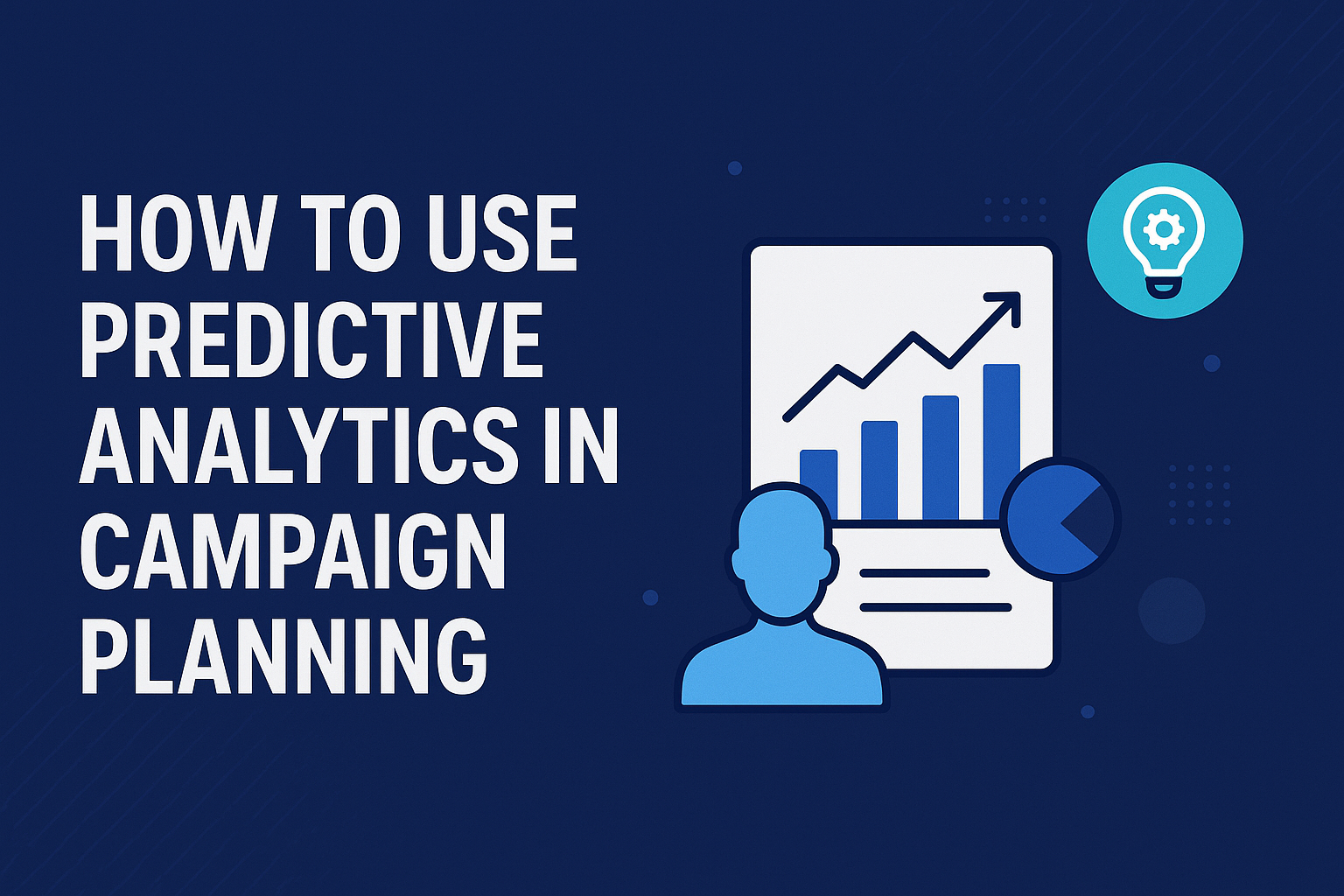
In a digital landscape overflowing with content, your ad has milliseconds to grab attention. Whether you’re running campaigns on Meta, Google, TikTok, or LinkedIn, the right creative is the make-or-break factor between scroll-past or a click-through.
In 2025, top-performing ad creatives aren’t just flashy—they’re strategically designed, deeply relevant, and powered by psychology, data, and AI insights.
Here’s what today’s click-worthy ad creatives have in common—and how you can apply the winning formulas to your campaigns.
Short-Form Vertical Video Ads
Platforms like TikTok, Instagram Reels, and YouTube Shorts dominate attention spans. Vertical videos that are under 15 seconds, feature native-style edits, and lead with a clear hook in the first 2 seconds are outperforming other formats.
What works:
- UGC-style storytelling
- Fast cuts and dynamic motion
- Text overlays with questions or offers
- Authentic voiceovers or subtitles
Bold Static Ads with Minimal Copy
In-feed static images still work—when done right. The best-performing images in 2025 have:
- A single focal point
- Bold, readable text overlay
- Contrasting brand colors
- A clear, urgent CTA (e.g. “Try Free,” “Book Demo”)
They’re designed for skimming eyes. No clutter. No confusion. Just clarity and punch.
Ads That Tell Micro-Stories
People don’t want products—they want solutions. Story-driven creatives win clicks by quickly showing the before/after, problem/solution, or a customer transformation.
Examples:
- “How I grew my leads by 300% using X tool”
- “From burnt-out to booked out—see how Sarah scaled her biz”
These ads evoke emotion, relatability, and curiosity.
Text-Only Ads with Smart Copywriting
Surprisingly, in-feed text-only ads on LinkedIn and Facebook often outperform visual-heavy formats—when the copy is compelling.
High CTR text ads include:
- A pain point as a headline
- A relatable problem story
- A simple CTA
They feel more like advice or conversation than advertising, which builds trust.
Interactive & Carousel Ads
Carousel ads still drive strong CTRs, especially for:
- Product features
- Case study walkthroughs
- Step-by-step transformations
They let users swipe through a mini-journey. In 2025, top carousel creatives include AI-generated visuals, branded icons, and mini-narratives told over 3–5 slides.
Hyper-Personalized Creatives
With advanced targeting and AI, top-performing ads now dynamically adjust:
- Product shots based on user behavior
- Location-based offers
- Copy that matches industry lingo
- Custom CTAs depending on funnel stage
If your ads still show the same creative to every audience segment, you’re leaving clicks on the table.
Ads Built for A/B Testing
The best ad teams don’t launch one hero creative—they launch dozens of micro-variations, test rapidly, and scale what wins.
Test variables:
- Headlines
- Emojis
- CTAs
- Background colors
- Voiceover vs. no voiceover
The goal isn’t one perfect ad—it’s fast feedback loops.
FAQs
1. What’s the average CTR for top-performing ad creatives in 2025?
It varies by platform, but high-performing creatives typically get 2–4% CTR on Meta and 4–6% on LinkedIn or native display ads.
2. How often should I refresh ad creatives?
For active campaigns, refresh creatives every 2–3 weeks. Ad fatigue is real—especially on Meta and TikTok.
3. Do I need a designer for every creative?
No. With tools like Canva, Adobe Express, and AI-powered generators, even non-designers can build high-performing creatives.
4. Should I use AI to write ad copy?
Yes—but always edit with a human touch. AI helps generate variations fast, but emotional resonance still needs a marketer’s eye.
5. What KPIs should I track for ad creative performance?
CTR, cost-per-click, engagement rate, time spent (on video), and most importantly—conversion rate per creative.
Final Thoughts
In 2025, the best ad creatives aren’t just pretty—they’re smart, relevant, testable, and relentlessly user-focused.
If you want your ads to drive clicks, start by asking:
🔹 “Who am I talking to?”
🔹 “What’s their pain point?”
🔹 “How can I say more with less?”
🔹 “What would make me stop scrolling?”
Master those, and your clicks (and conversions) will follow.



